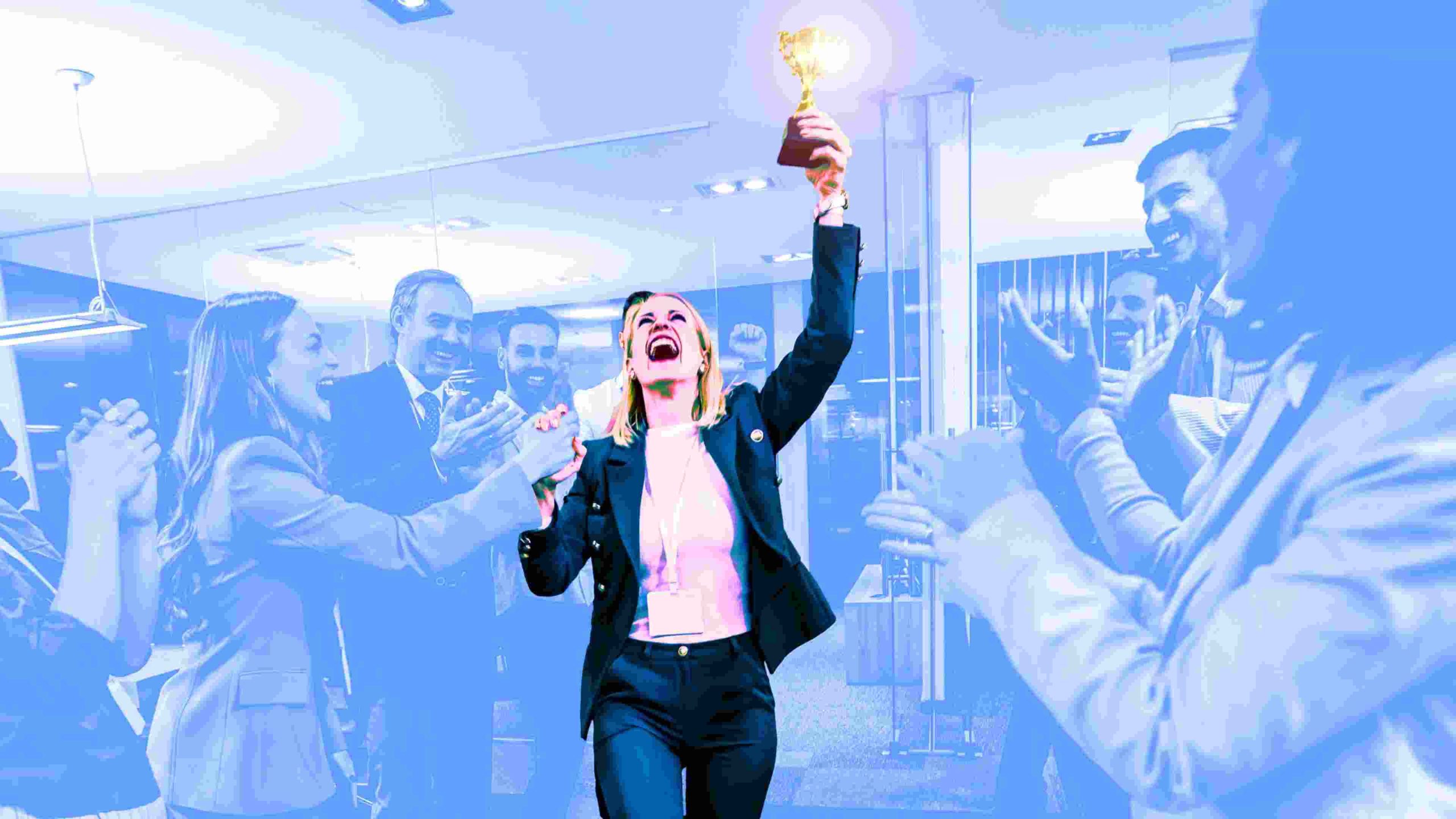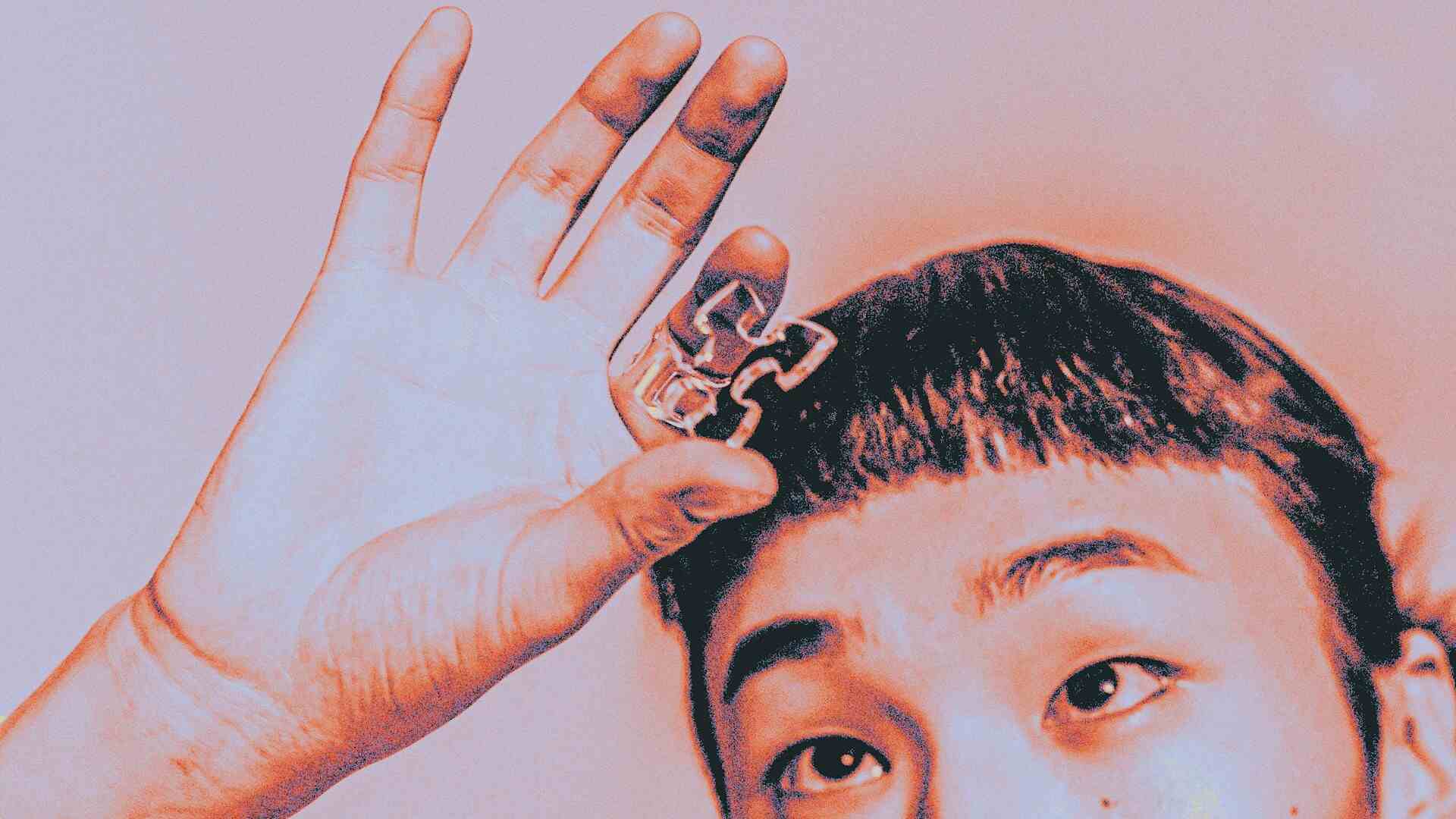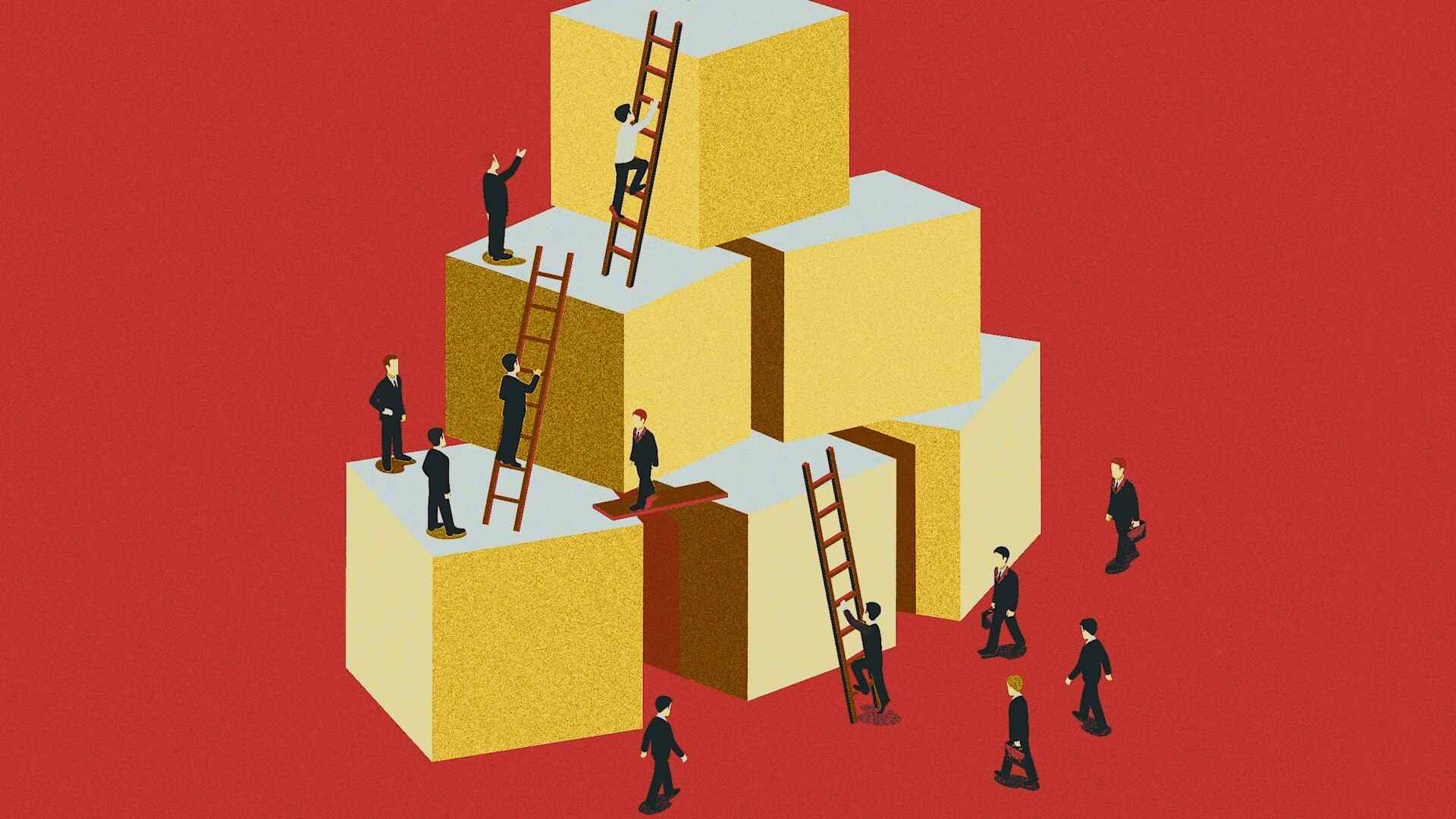- | 5:00 pm
How a centuries-old practice can stop leaders from quitting
An integral practice popular in religion and wellness can reset motivation—and support more meaningful work.

As the Great Attrition marches on, leaders are eyeing the door themselves. But is quitting the solution to the problem? Over the past year, intent for male leaders to stay has dropped 9 points; for female leaders, intent to stay has dropped a whopping 18 points. Burnout is a common denominator and an issue largely ignored by leaders during the pandemic. According to a new Deloitte survey, 69% of the C-suite respondents are seriously considering quitting for a job that better supports their well-being.
For other leaders, it’s like a window has opened. “During the pandemic, some executives experienced a different, richer life than they had previously, and it created a moment of reflection,” according to Arne Gast, senior partner at McKinsey & Company, Amsterdam. “Some have shared in private that they don’t want to go back to their old work life, especially when the option to work from home and travel less is so much greater now.” In our research, senior leaders confirmed that they view their work as 15% to 20% less meaningful than before the pandemic and want to remedy this.
But knowing you want a change and determining how and what to change are two entirely different things. The latter requires space, time, and the contemplation of tough questions—not an easy ask for time-strapped executives. Short of resigning, isn’t there some other way for leaders to reimagine their job and find new meaning and direction? The answer may be thousands of years old.
RETREAT TO MOVE FORWARD
Retreats are a tradition as old as time. They are an integral practice in many religions and in yoga, meditation, and well-being communities. Over the past year, we have increasingly invited our clients to embark on retreats that share common elements. They are held in nature, surrounded by beauty and quiet. All phones, laptops, and other distractions are surrendered upon arrival. And most of the time is spent in silence with some guided reflection.
One of the first retreats we held post-pandemic was with a group of senior leaders from Deutsche Telekom who spent four days together in a cluster of rustic cabins at the top of the Swiss Alps. The event was co-conceived with the head of Top Executive Development, Nicole Hörl, who knew that the group needed a special kind of inspiration. She shared that “leaders want to know why they are on this planet, what is their greater purpose, and what they want to leave behind. But they can’t get to the answer through intellect. There is a different kind of wisdom that emerges when you are away in nature.” For the participants, the experience left them renewed, clearer, and, in some cases, transformed.
Though retreating to a beautiful place can make anyone feel rejuvenated, there is something deeper going on; actually, three specific shifts away from a leader’s normal state to what we call an “immersive state.” It’s when a leader is in this immersive state that their questions of well-being and meaning are ready to be tackled.
SHIFT NUMBER ONE: FROM AUTOPILOT TO AWARENESS
Like an experienced long-distance runner, our brains have mastered the smart outlay of energy. We find mental shortcuts. We rely on habits to get things done efficiently. When actions and behaviors repeat themselves, we go into autopilot mode to dedicate as little conscious thought as possible. There is beauty and efficiency in this construction, and also downsides.
Over time, it becomes difficult to break out of well-worn patterns of behavior, to ask our brain to choose a different patterns of action in response to the same situation it has encountered hundreds of times already. After two years of living and working in the same small universe, all of us have come to over rely on autopilot. What gets turned off is autopilot’s opposing twin: awareness. And when this happens, our brains aren’t primed to think creatively or to see new possibilities.
To snap out of autopilot mode, break the usual patterns of behavior, and take away the normal cues. As behavioral scientist Bob Nease describes it, “Our brains are constantly comparing the reality we observe with what we expect to see. When prediction clashes with reality—when we spot something novel or threatening—our conscious brain is called into action.”
When leaders immerse in a completely new environment on a retreat, away from the usual office or home environment, old habits and routines are disrupted, and awareness is turned back on. The fact that the retreats are held in nature is no accident. “Nature is the co-facilitator of the process,” explains Gast. A sunset, an open field, or a misty lake activates the conscious brain. At that point, leaders can begin to tackle big questions like, What should I be doing with my life and What is my purpose?
SHIFT NUMBER TWO: FROM DISTRACTION TO FOCUS
Our digital devices sustained us during the pandemic, surpassing lockdowns and social distancing to connect us with family, grocery deliveries, news, and entertainment. Our increased reliance on digital devices was necessary but not without drawbacks. We are normally distracted a third of our days and up to 60% of our day if stress levels are high. Our digital devices perpetuate a vicious cycle, constantly pulling our attention through notifications, beeps, and addictive apps, and then delivering content that feeds our stress about ourselves and the world around us.
The end result is not pretty. An inability to focus impedes our ability to be present with others and engage in deep thinking. Constantly connecting with others through Zoom during the pandemic made our brains work harder and caused chronic fatigue. Many of us are trying to recalibrate. Female leaders report that their daily phone use increased by 18% to roughly six hours per day during the pandemic; their ideal level is half that, at three hours per day. Male leaders saw a 23% rise in daily phone usage, and it hovers now at 3.9 hours per day, still higher than their ideal of 2.7 hours.
When leaders relinquish their smartphones and laptops at the start of a retreat, they are letting go of the main source and enabler of distraction in their minds. This often feels both unsettling and liberating. What they notice soon is their ability to focus for longer periods of time and to sink into deep work and reflection. One of the Deutsche Telekom participants reflected: “By the time we convened for the silent dinner in the evening, I had a profound realization: I was not missing my devices. I was not missing the distractions I had been filling up my time with.”
SHIFT NUMBER THREE: FROM BUSYNESS TO CLARITY
As leaders rise in the ranks, it is expected that working hours rise too, along with an availability to jump on calls or respond to emails at any time. This dynamic is so engrained that being busy is equated with being important. In other words, if a leader doesn’t have packed days and full inboxes of emails, people assume they must be incompetent or on their way out the door. In Deloitte’s survey, 73% of the C-suite reported that they aren’t able to take time off and disconnect because they have too much work to do, they want people to know they’re dedicated to their job, or they’re afraid they would miss out on important messages or emails. Busyness has become a status symbol and an addictive one at that.
From a neurological perspective, the experience of busyness activates our sympathetic nervous system, triggering a stress response that kicks us into action and enables us to get things done. At the same time, dopamine is released in the brain, providing a sense of enjoyment and gratification at ticking things off the to-do list. This starts the addictive cycle, and our brains go looking for another dopamine hit from another activity, and on and on.
At our leadership retreats, agendas are not much of an agenda at all. There is very little planned activity; rather, a lot of open space for walking, sitting by a fire, and sleeping. In this way, the thinking/planning/doing part of our brains calms down, and the dopamine addiction of busyness dies down. What arises are spaciousness and clarity. When leaders have the opportunity to dial down the to-do’s and back-to-back meetings, they begin to see everything in a clearer light, and reacquaint themselves with what’s in their hearts.
There is so much instability in the world still ahead of us. This is when sharp, clear, energetic leaders are needed most. Luckily, it is possible for leaders to find renewal, inspiration, and meaning without going to the job want ads. They need to step away from their daily routines and habitual actions toward something new. But they will be following a path proven over thousands of years.








































